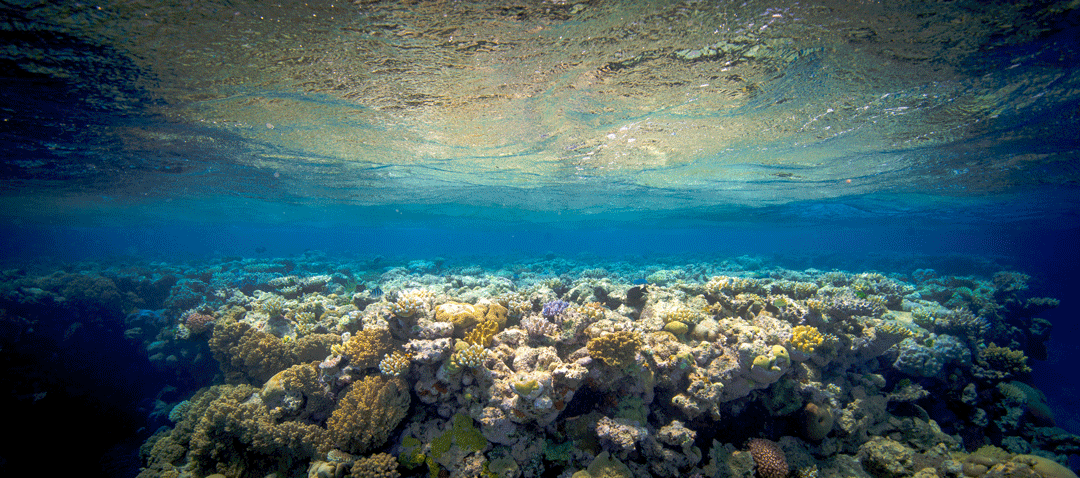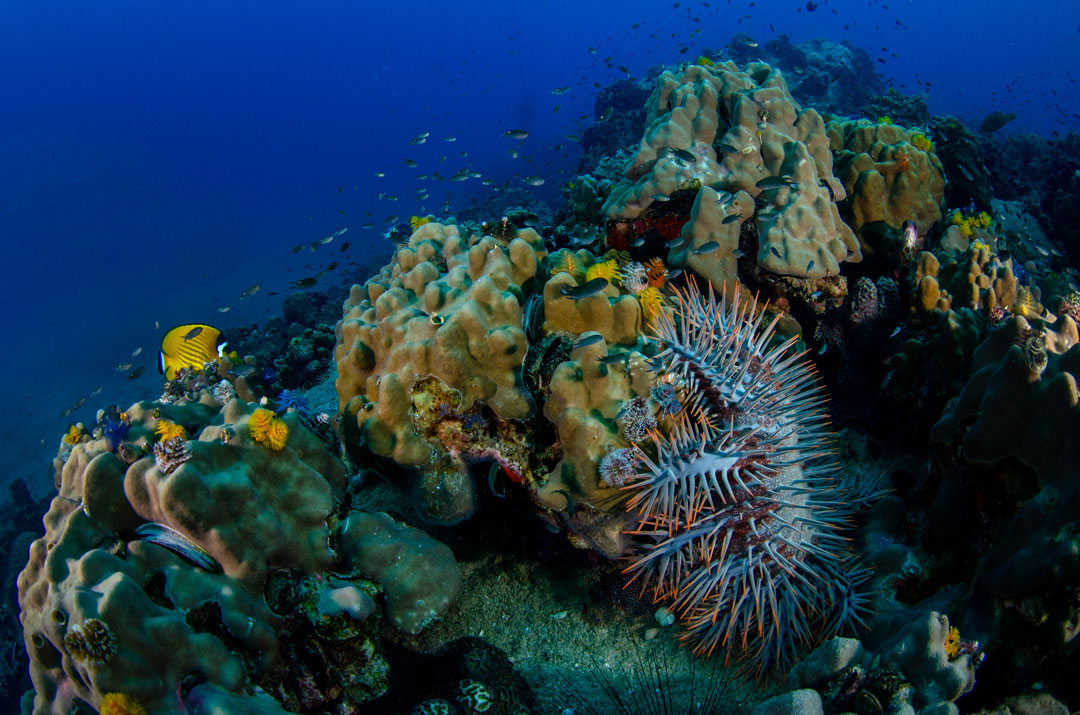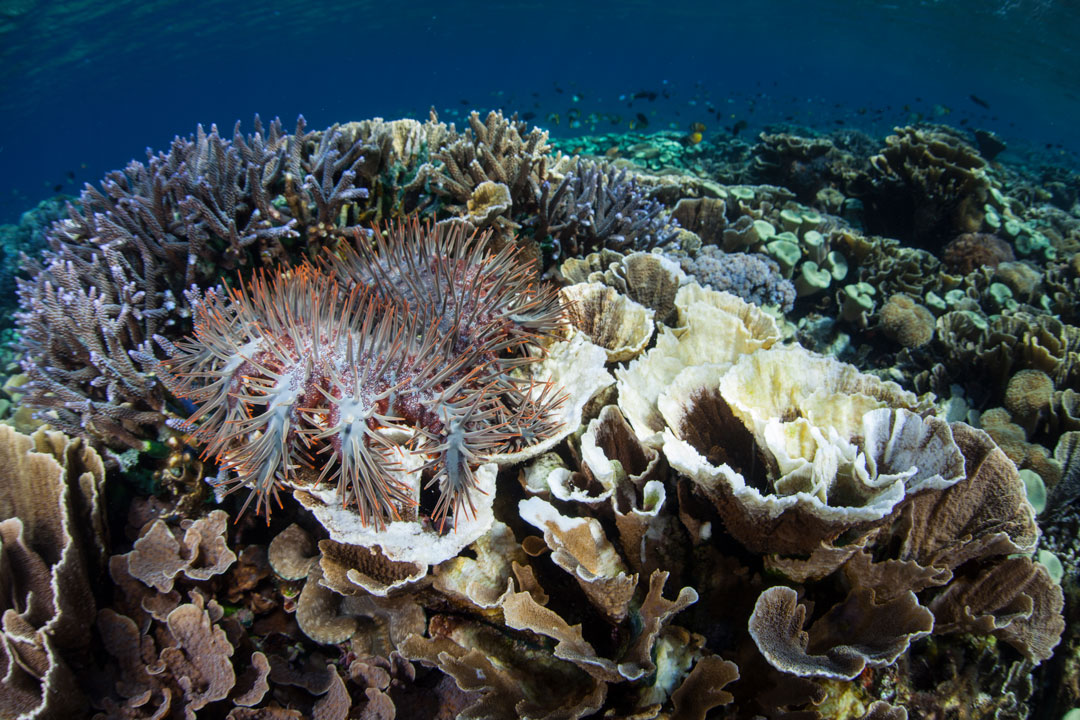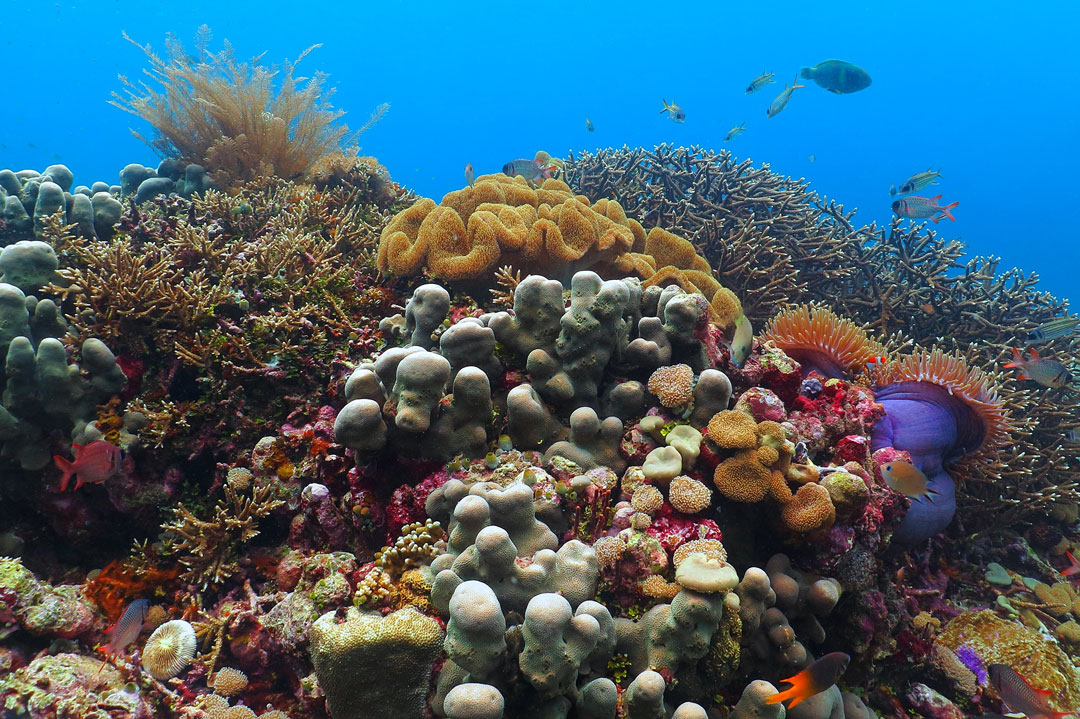Can the Great Barrier Reef recover? Scientists help figure out how

Photo © UWPhotog | Shutterstock
Coral reefs around the world are in serious trouble. Scientists are worried that coastal development, climate change and overfishing are going to drive corals to the brink. In particular, Australia’s Great Barrier Reef has suffered massive declines in its coral reef cover over the past 27 years. The reason for their disappearance? Tropical cyclones, coral bleaching and the proliferation of the predatory Crown of Thorns starfish.

Photo © Krzysztof Bargiel | Shutterstock
The Crown of Thorns starfish has been highlighted as one of the major threats to coral reefs, but all three of these pressures actually interact with each other. It’s their combined impact that ultimately spells disaster for the Barrier Reef. Disentangling this complicated mix is what scientists need to do before they can identify the best interventions to help recover corals. To do this, they develop models that project a range of scenarios and incorporate all the different threats in different contexts.

Photo © Edward Haylan | Shutterstock
A new paper published in December in the scientific journal Conservation Biology tested how corals could recover in various modelled scenarios. The scientists, led by Scott Condie from CSIRO Oceans and Atmosphere in Hobart, Tasmania, showed that freshwater catchments needed to be restored to reduce the amount of discharge onto the reef during tropical cyclones. Catchment recovery would likely improve the state of corals on the Barrier Reef, they predicted. However, the best management interventions were those where catchment recovery was combined with the reduction of the impact of Crown of Thorns starfish populations. This would be achieved, the scientists projected, by better protecting the predators of Crown of Thorns starfish.

Photo © Ethan Daniels | Shutterstock
The study develops useful ways to make sense of really complicated ecological information and comes up with some management strategies and critical interventions. Perhaps more interestingly for those of us outside of policymaking or ocean management, the study shows just how nuanced our approach to ocean conservation needs to be and how many different, interacting and complex factors we need to take into account.

Photo © blue-sea.cz | Shutterstock
**Reference: Condie, S.A., Plagányi, É.E., Morello, E.B., Hock, K. and Beeden, R., 2018. Great Barrier Reef recovery through multiple interventions. Conservation Biology, 32(6), pp.1356-1367.
You can read the paper here.
